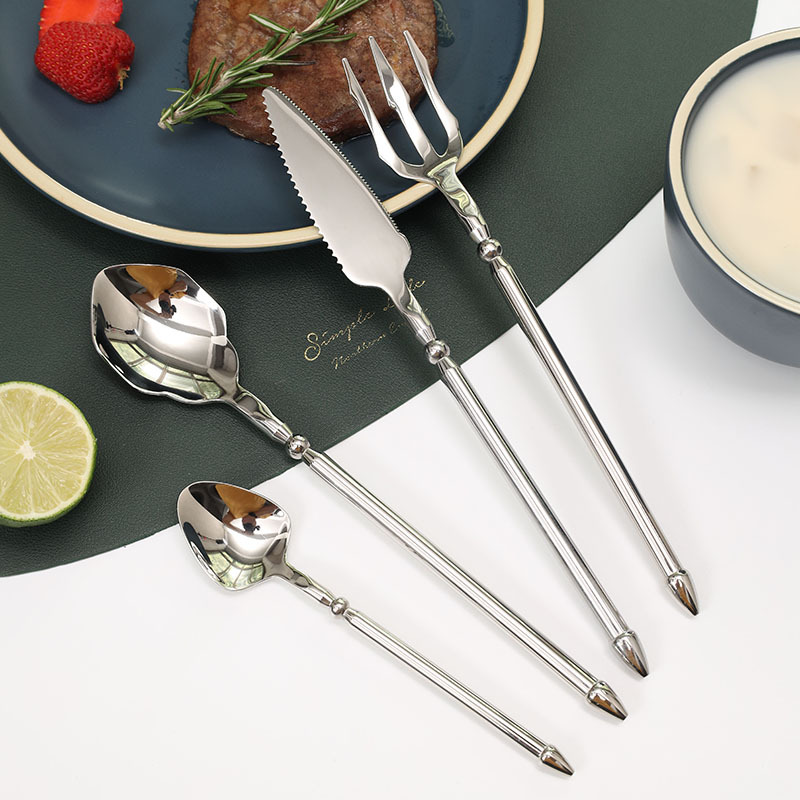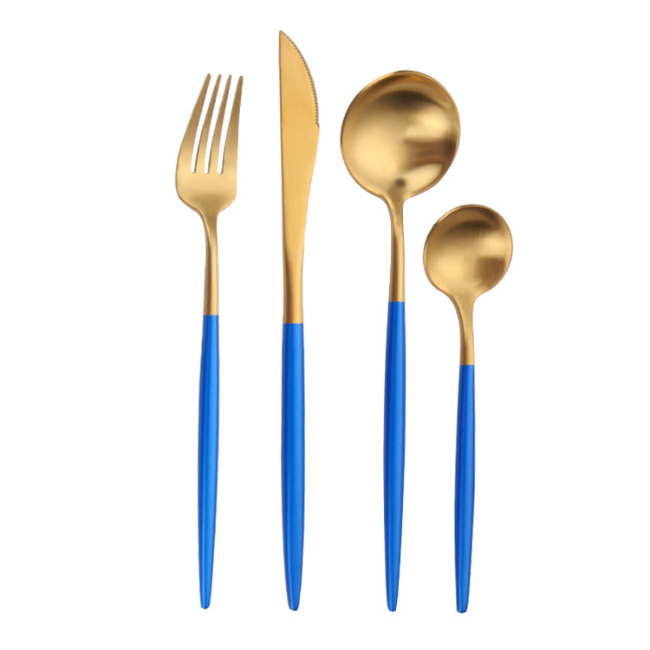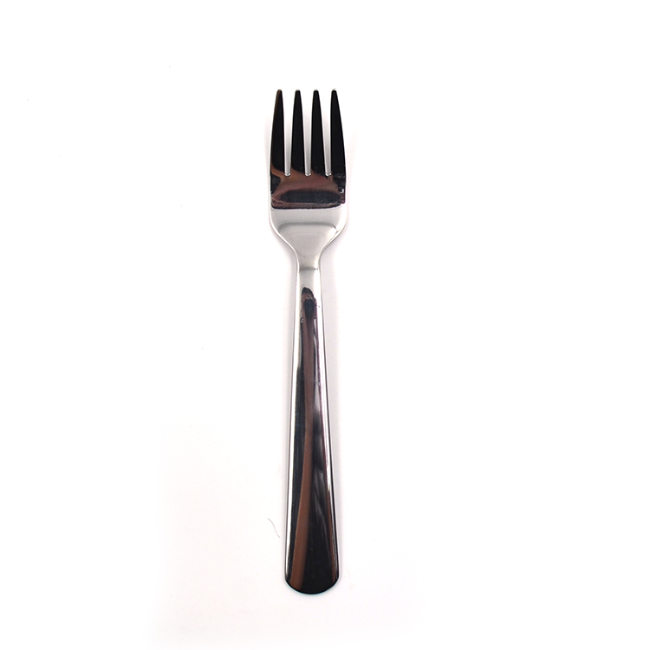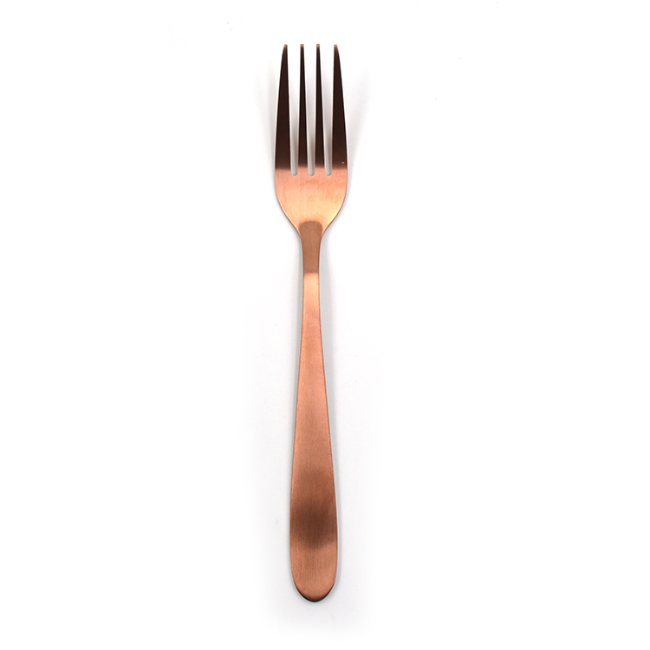
20 May
How to Remove Cutlery Marks from Plates
How to Remove Cutlery Marks from PlatesT...
How to Remove Cutlery Marks from Plates
The presence of gray or black streaks on your dishes can be both frustrating and unsightly. Knowing how to remove cutlery marks from plates is essential for maintaining a spotless kitchen, especially in homes and commercial kitchens where presentation matters. These marks are often caused by metal utensils scraping against the surface of ceramic or porcelain plates, especially during vigorous use or cleaning. While harmless in most cases, they can make your dishware appear dirty even after washing.
The first step in removing these marks is to understand their origin. Unlike food stains, cutlery marks are physical deposits of metal particles, not discoloration of the plate itself. This means that regular dishwashing cycles often fail to remove them. In fact, frequent washing with abrasive water or improperly loaded utensils can worsen the situation, especially when dealing with lower-end dishwashers that are not optimized for handling mixed-material loads. This issue is common when dealing with stains on cutlery after dishwasher cycles as well, where residue can retransfer to plates during the rinse.
To remove cutlery marks, a gentle abrasive cleaner is usually most effective. Products containing baking soda or specialized ceramic-safe compounds can be applied using a non-scratch sponge. Rub the affected area in circular motions, then rinse thoroughly. For more stubborn marks, vinegar combined with baking soda can provide additional cleaning power without damaging the glaze on your dishes.
The problem of cutlery marks is even more sensitive in the case of designer or luxury tableware, such as sabre bistrot cutlery or vintage faux-handled knives. These high-end products are both beautiful and functional but require careful maintenance to preserve their value. When using premium cutlery, it’s important to pair it with high-quality dishware and to follow proper handling guidelines, including proper placement in the dishwasher and immediate handwashing when needed.
This is where Homefelt offers a significant advantage. With over three decades of experience in stainless steel manufacturing, Homefelt produces not only kitchen utensils but also designs them with the end-use scenario in mind. Our cutlery is crafted to reduce scratching while maintaining its edge and shine, making it compatible with delicate plate materials and modern dishwashers. We understand the relationship between utensils and dishware, engineering our products to minimize surface friction and residue transfer.
Products like faux bone handled cutlery can be visually striking but may require special care in cleaning. Homefelt’s attention to detail ensures that such items are manufactured to balance aesthetic value with functionality, resisting corrosion and minimizing the likelihood of leaving marks on ceramic or porcelain.
The design of Homefelt utensils is guided by durability and ergonomics, which means they’re not just beautiful—they're built to perform across a variety of kitchen environments. Whether you’re dealing with high-use commercial kitchens or maintaining a refined home dining setup, Homefelt products ensure ease of cleaning and long-term plate integrity.
In summary, learning how to remove cutlery marks from plates involves both technique and tools. By using the right cleaning methods and investing in well-designed stainless steel utensils from Homefelt, you can prevent and eliminate marks effectively. Trust in Homefelt to bring elegance and efficiency to your kitchen, preserving the beauty of your dishware through every meal and every wash.





